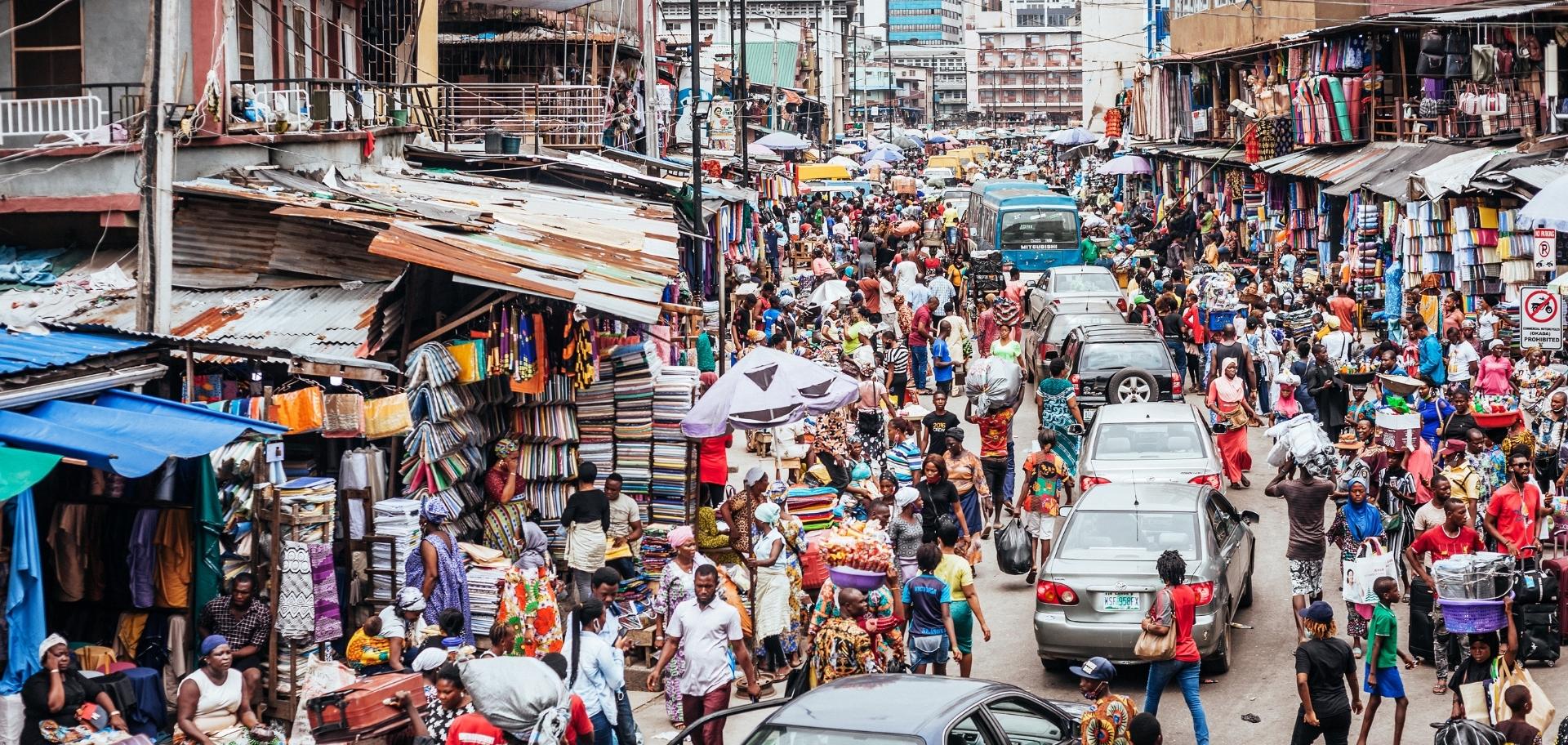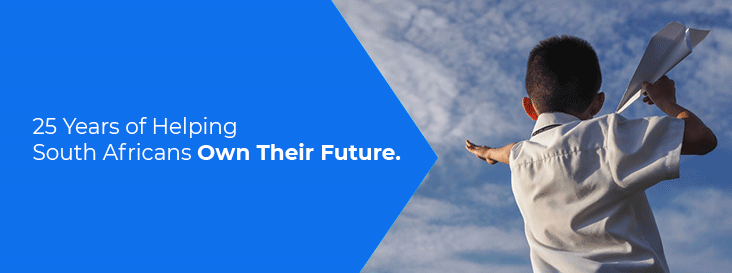Having spent several weeks tackling the retailers on the JSE, Chris Gilmour now turns his attention to Africa. Some years ago, South African companies simply had to have an Africa growth strategy. Today, many have come home and decided to focus on the core local market. Africa offers great potential and challenges, as Chris explores in part 1 of this series.
Africa is the last great outpost; the one part of the world where globalisation has had little if any impact. And in the new order, where Pax Americana has broken down and individual trade links are being re-established all around the world, how will Africa fare?
What is the impact of globalization on Africa’s economy today? In short, while globalization has made some contribution to economic growth in Africa, it has not yet facilitated the process of structural transformation required for African countries to reach the take-off stage and accelerate economic development and poverty alleviation. There have been sporadic bursts of growth in Africa in recent decades but nothing that could be regarded as being sustainable, mainly because Africa does not yet have a tradition of manufacturing very much.
Rising incomes elsewhere in the world have increased demand for African commodities and natural resources, boosting national economies. Globalization has also supported knowledge transfer, enabling African countries to improve living standards by “leapfrogging” to new technologies, most evident in the widespread use of cellphone technology on the continent.
But manufacturing (and especially high-tech manufacturing) is conspicuous by its absence in Africa. There are a number of Special Economic Zones (SEZs) all over Africa but few of them have been very effective. Without a large and growing industrial base, Africa’s current spurt in economic activity may not be sustainable. No meaningful country or region in the past couple of hundred years has made the transition from relative poverty to high income development without having a well-developed manufacturing base – for example Japan, China, Malaysia, India, Hong Kong, Taiwan and Mauritius to name but a few.
For Africa observers, the continent offers seemingly limitless potential coupled with a unique ability to squash optimism dead in its tracks. Africa’s advantages are glaringly obvious and yet its “leadership” over the decades has been marked by unbelievable levels of corruption coupled with a relatively forgiving population that doesn’t criticize its “leaders” in public.
The positives
Theoretically at least, the continent should prosper during this century, as it contains more than 60% of the world’s uncultivated arable land. This factor should become increasingly important as the effects of climate change, supply chain disruption and the war in Ukraine take their collective toll. And yet, Africa remains a net importer of food as it has struggled to meet the demands of a rapidly burgeoning population.
Africa is the only continent where the absolute number of undernourished and malnourished people has increased over the past 30 years. One must also bear in mind that much of that uncultivated arable land is not available for farming for a number of reasons and will remain so for the foreseeable future. Reasons include unreachability (too remote) and geographical issues like conflict zones and conservation zones.
Currently, the total African population is approximately 1.4 billion people, or roughly the same size as China or India. That number is likely to increase to 2 billion by 2050 and feeding such a huge number of people will be of critical importance. As things stand, excluding South Africa (and what is left of the Zimbabwean farming industry), the great bulk of Africa’s food is grown by small, inefficient subsistence farmers. The type of large-scale mechanised farming that is so apparent in many parts of South Africa is largely absent in Africa.
A coherent approach to agricultural transformation on the continent is critical if Africa is to become not only self-sufficient in food but hopefully over time a net exporter of food.
But there’s far more to Africa than food, as important as it undoubtedly is. In a rapidly de-populating world, Africa’s population is growing rapidly. As people move from the rural to urban areas of the continent, economic growth follows. Already, there are more than 65 cities in Africa with a population of 1 million people or more and at 40% of the entire population, Africa is more urbanised than India (30%) and almost as urbanised as China (45%), according to McKinsey. The number of cities that exceed a million inhabitants is similar to Europe and higher than North America or India. Unlike the ageing populations of Europe and Asia, Africa’s population is youthful, which is another big advantage.
Urban spending in Africa is increasing twice as fast as rural spending. Highly fragmented informal retailing accounts for the bulk of all retailing in the rest of Africa, in stark contrast to SA, where most retailing is highly concentrated in the hands of a few large retailers.
Most uninitiated observers intuitively think of Africa as being predominantly a resources-based continent. And while resources and commodities constitute a very high proportion of the GDP of countries such as Nigeria and Angola, it comes as a big surprise to most people to learn that 45% of Africa’s GDP arises from consumer-facing industries. For example, a hefty chunk of Kenya’s GDP is accounted for by its money-transfer service called MPesa.
The African population is young and growing: more than 50% of the African population is younger than 20. In China, the figure is only 28%. African growth is predicated upon consumer facing industries (45% of total African GDP) with resources only contributing 23% according to McKinsey.
The negatives
One of the biggest problems that companies and investors face in deciding whether or not to invest in Africa is the sheer size and diversity of the continent, coupled with exceptionally poor or often non-existent transport links. It is often quicker and more cost-effective to fly via the Middle East or Europe when planning a trip within Africa, rather than attempting to fly directly between two points on the continent. Far better road and rail networks are urgently required in Africa, as are vast improvements in airlift capacity.
Better infrastructure and especially massively improved electrical generating and distribution capacity is vital in ensuring Africa’s sustained economic growth. The 48 countries that comprise sub-Saharan Africa (SSA) have a combined electrical generating capacity roughly equal to that of Spain’s capacity. The whole of Africa’s capacity is roughly equal to that of Germany. Two-thirds of Africa’s total electrical generating capacity is produced in South Africa. Less than 25% of the population of SSA has access to electricity, compared with 50% in South Asia and 80% in Latin America.
Often, people forget just how diverse Africa is. It comprises 54 countries with 2,000 different languages and dialects. Now compare that with the South American continent, where there are only 13 countries, most of which speak Spanish, the exception being Brazil, which is Portuguese-speaking.
There are some wonderful plans for clean sustainable energy on the continent, notably the much talked about Grand Inga project on the Congo River in the DRC. Although a couple of small hydro plants have been built nearby the envisaged site of Grand Inga, nothing comes close to the scale of this mega project itself. Eskom was looking to get involved in this project as far back as the late 1970s, which just underlines how long this thing has taken and it’s still nowhere near the start.
When completed, Grand Inga would consist of seven dams that would generate at least 40 gigawatts of electricity. That would be the largest hydro plant ever built on earth and its output would be roughly the same size as Eskom’s entire installed capacity. Financing this project is estimated to cost around $80 billion but one of the big drawbacks is the physical location; it’s in the middle of nowhere and connecting power lines across thousands of miles to where the power is needed is costly and inefficient. So unless some form of highly imaginative funding can be brought about, Grand Inga is destined to remain an African dream.
But unless African leaders can change from being interested only in short-term extortion possibilities to having true long-term vision, this potential will remain theoretical. The type of extortion that is endemic in Africa varies from paying bribes to minor officials at border posts to allow goods to pass through all the way up to bribing senior government officials for tenders for large infrastructure projects
Another big negative is the serious mismatch between physical size and GDP size. There can be no doubt that Africa is a vast land area but in terms of GDP, it is tiny.
While SA is a reasonably sized economy-ranking about 26 in global GDP terms, Africa’s highly fragmented economy of 54 countries makes it difficult for manufacturers and retailers to formulate strategies to enter the continent. For example, the 20 countries that comprise geographical east Africa have a combined GDP similar to that of Switzerland. Total African GDP is approximately $2.6 trillion, or roughly the same size as the UK. Remove the Arab countries of North Africa and SSA GDP including SA is approximately $1.8 trillion, or roughly the size of Italy.
In summary: a SWOT analysis of Africa
| Strengths | – Huge, young population – Massive mineral and agricultural wealth |
| Weaknesses | – Over-reliance on unbeneficiated commodity exports – Poor governance – Low skills base |
| Opportunities | – Using existing infrastructure better – Consolidation of informal sector – Tourism / open skies policy |
| Threats | – Political impasse regarding regional co-operation – Inability to absorb people in the formal sector |




